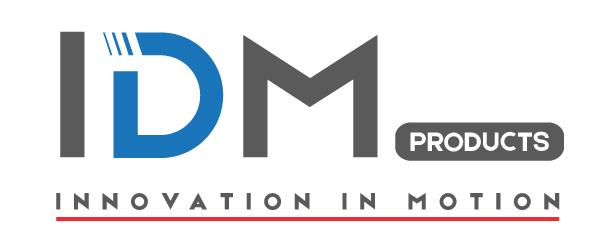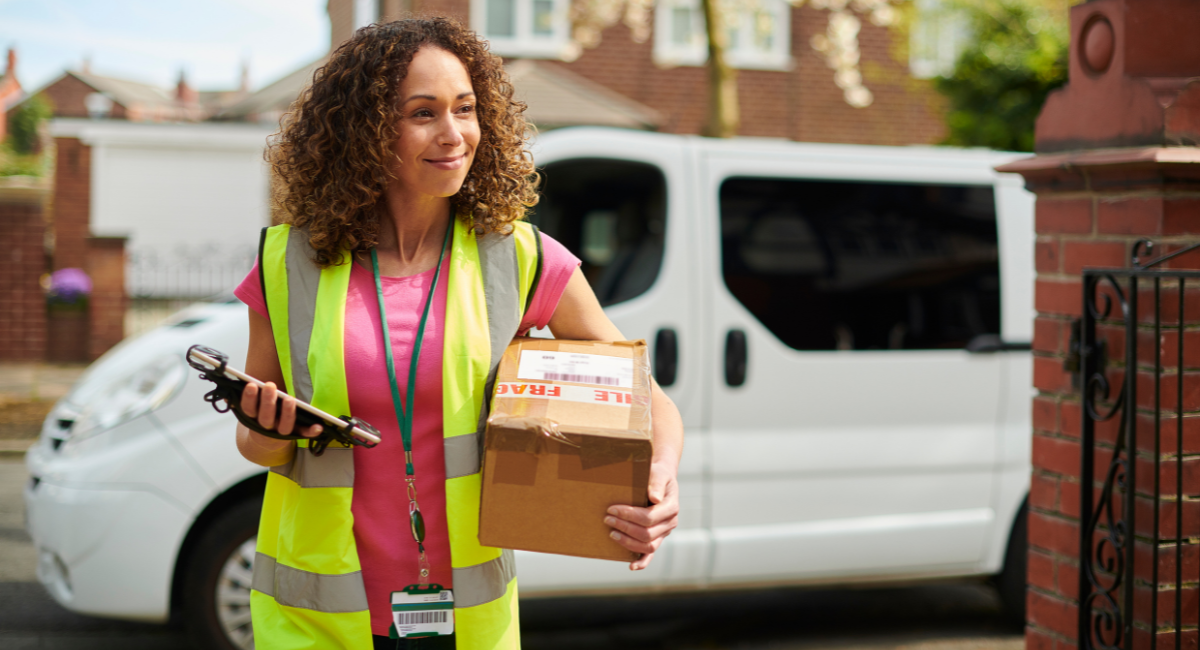The current status of hyperloop projects is a mixed bag of progress and setbacks. While the technology holds immense potential for revolutionizing transportation, it still faces significant challenges before becoming a mainstream reality.
Positive Developments:
Several companies are actively pursuing hyperloop development. HyperloopTT, for instance, is making substantial headway with its ambitious Abu Dhabi-Dubai project. With the first commercial prototype and a visitor center already under construction, the company is showcasing its commitment to transforming the future of transportation. HyperloopTT isn’t stopping there; they have active projects in the US and Brazil, proving that the hyperloop concept is gaining global traction.
China, often at the forefront of technological innovation, is leading the charge with a full-scale commercial system under construction, set to connect the bustling cities of Shanghai and Hangzhou. This ambitious project underscores China’s dedication to pushing the boundaries of transportation technology.
Other notable players in the hyperloop race include Virgin Hyperloop, although they recently faced layoffs, Swisspod Technologies, and DGW Hyperloop in India. These companies continue to push technological boundaries in their pursuit of high-speed, sustainable transportation.
Moreover, technological advancements are ongoing. Companies across the globe are continually refining levitation systems, pod designs, and propulsion technologies, pushing the envelope of speed and efficiency. These innovations are gradually bringing hyperloop transportation closer to reality.
The regulatory landscape is also evolving. In a significant move towards standardization, the European Commission released the first technical standard for hyperloop systems in 2023. This development marks a crucial step forward, as standardized regulations will pave the way for safer, more widespread hyperloop adoption.
Challenges and Setbacks:
However, hyperloop projects are not without their challenges and setbacks. High costs remain a significant hurdle. Building and maintaining hyperloop infrastructure demands substantial investments, and finding the necessary financial backing to make these projects commercially viable is no small feat.
Safety concerns loom large as well. Operating at incredibly high speeds within a vacuum environment raises legitimate safety issues that require rigorous testing and robust regulations to address adequately.
Furthermore, seamless integration with existing transportation systems is a prerequisite for widespread adoption. Hyperloop networks must seamlessly connect with airports, railways, and other modes of transportation to realize their full potential and convenience for passengers and cargo.
Public perception plays a critical role in the journey toward hyperloop adoption. Building public trust and addressing concerns about safety, environmental impact, and the overall viability of this mode of transportation are vital for gaining widespread acceptance.
Although the future of hyperloops remains uncertain, the potential rewards are immense. Significant progress has been made, but substantial challenges need to be overcome before we see hyperloops transporting passengers and cargo across the globe. Despite the obstacles, the hyperloop development race remains a captivating and transformative endeavor to watch. Keep an eye out for exciting advancements in the coming years as the world inches closer to a transportation revolution.





